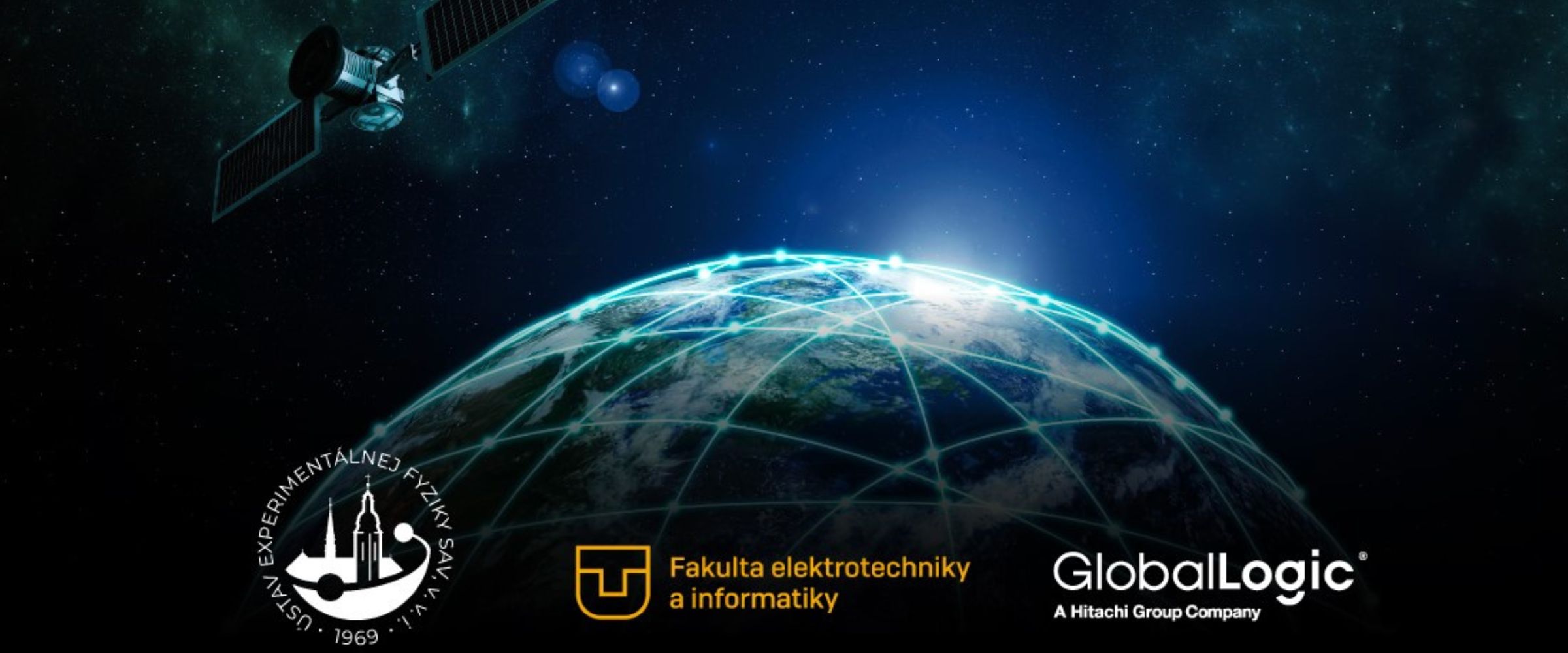Vulnerable technologies on Earth will be shielded from cosmic radiation

Scientists from Košice introduced a unique project that will detect and predict disturbances at the border between space and Earth, which are responsible for communication failures with satellites. The service prototype is a result of cooperation between Institute of Experimental Physics SAS, (IEP SAS), Faculty of Electrical Engineering and Informatics at TUKE and the IT company GlobalLogic Slovakia. This is the first such collaboration in Košice, when a scientific institute, university and a private company worked on a solution that was financed and will be used in the future by the European Space Agency (ESA).
“Technical expert from ESA told us: “You have something to be proud of!” during the final inspection of the project. I am especially pleased that the service we have developed can be useful for the European space safety network and that we have prepared it thanks to the effective cooperation of students and experts from the fields of science, education and the IT industry,” said Šimon Mackovjak from the Department of Space Physics, IEP SAS, who was responsible for the scientific part and project management.
The service is called ASPIS (Autonomous Service for Prediction of Ionospheric Scintillation) and its main task is to monitor and predict the presence of the so-called ionospheric scintillations over the given territory. This is a risk for terrestrial receivers of navigation satellites (eg GPS or Galileo), which can result in damage or even loss of signal. It can have a negative effect on the precise determination of the position or time for the ground receiver, which is undesirable, for example, for transport systems.
“Everyone has certainly seen the scintillation effect. For example, when you look at the night sky, it may seem to us that some stars are twinkling. This is caused by disturbances in the Earth’s lower atmosphere, which thus affect the visible light coming to us from the stars. We communicate with satellites in the Earth’s orbit using radio waves, and when they pass through the electrically charged ionosphere – the upper layer of the Earth’s atmosphere, we can again experience the scintillation effect. This effect is normally measured using network of ground receivers, our data were specifically data from Canada. We have developed an autonomous system for processing of these data and calculating predictions of these events using machine learning,” added the space physicist.
One of the innovative elements of the service is utilization of machine learning to create predictions, namely a deep neural network with LSTM architecture. The model was developed by the team of Associate Professor Peter Butka from the Department of Cybernetics and Artificial Intelligence FEEI TUKE. IT experts from GlobalLogic Slovakia provided the highly efficient server-less architecture and cloud infrastructure
“Cooperation between organizations united in this way is exceptional, but not surprising. We have been cooperating both with the university and with SAS for several years. The goal is a faster transfer of innovations between the parties involved and, last but not least, the sharing of knowledge,” says Tibor Radačovský from GlobalLogic Slovakia, who participated in the creation of this collaboration.
Cooperation on this 18-month project is not the only thing that unites the individual organizations. For several years, they have been building a community that connects space research and the latest IT technologies in Košice. They have jointly organized summer schools, presented at EXPO Dubai and published scientific articles. Currently, they are also participating in the launch of the East Slovak Space Cluster.
“Even though our service is still only at the prototype level, there is already an interest in it from colleagues from abroad. During the past couple of weeks, we have presented it and will continue to discuss it at seminars and conferences in Germany, Netherlands and France, where we are trying to get feedback directly from potential users. We will then move on to the next phase in order to increase the technological level and bring the service into common use. Aspis was a type of shield in ancient Greece. We believe our ASPIS can protect vulnerable technologies from dangerous manifestations of space weather. I am really happy that we can work on these important and at the same time technologically interesting projects in Košice,” concluded Šimon Mackovjak.
The service prototype is available via a graphical or application interface at https://aspis.services.
Original source HERE
 Contact
Contact Intranet
Intranet SK
SK






